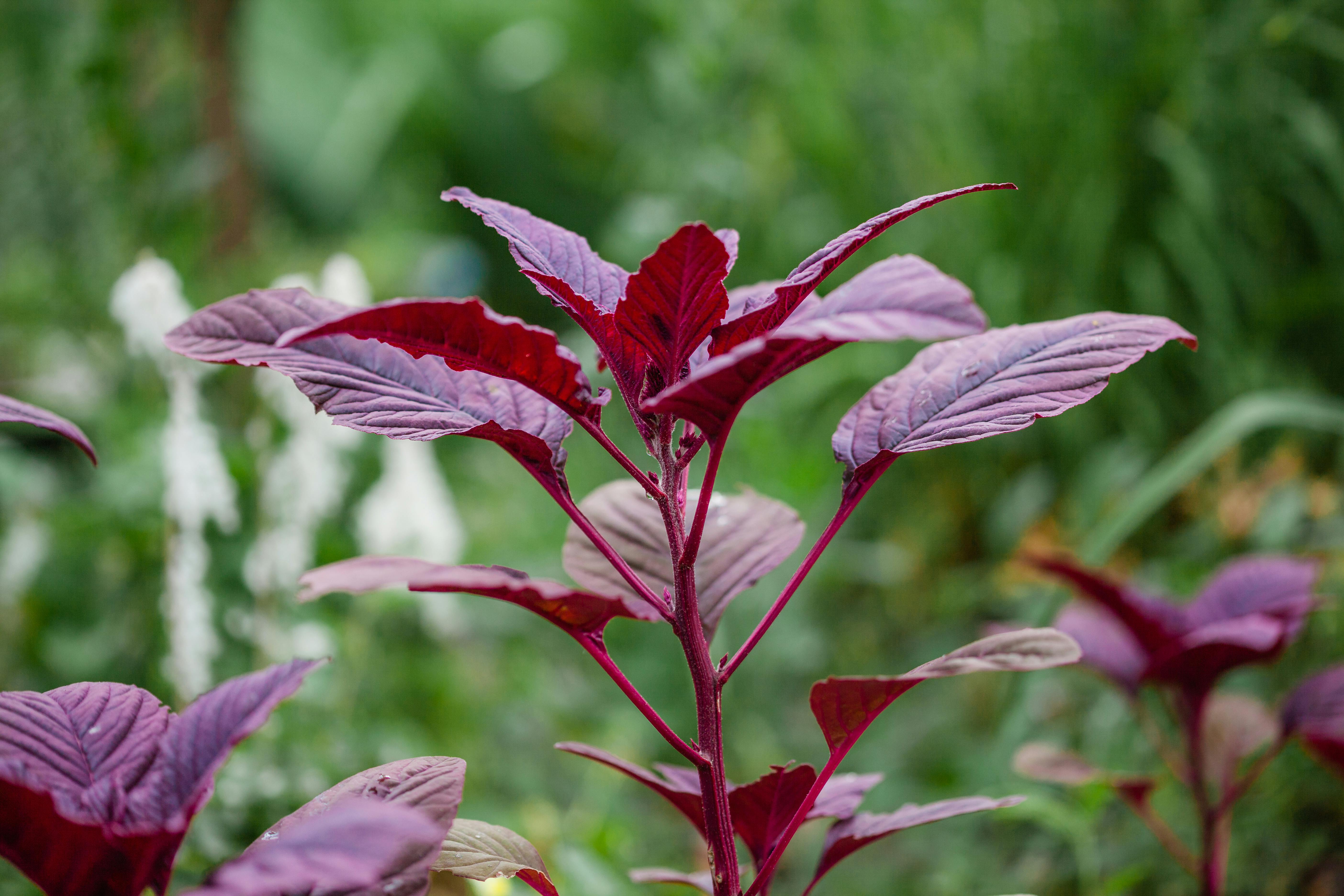In most gardens and farmlands, the word weeds immediately stirs frustration. These plants grow where they are not wanted, competing with crops for sunlight, nutrients, and water. This is what we were taught in school, for the most part. But not every “weed” deserves a bad reputation. Some, like purslane (Portulaca oleracea), are actually nutrient-dense leafy greens with remarkable health benefits. Hence, it is an edible, nutritious wild weed. They are part of a hidden category of plants that thrive without special care, are packed with vitamins and minerals, and have been used for centuries in food, herbal medicine, and even livestock feed.
Here are 10 common weeds that double as nutritious superfoods, showing that what we often dismiss as a nuisance can, in fact, be a gift from nature.
Amaranth (Amaranthus spp.)

Amaranth is one of the most widely consumed leafy greens across Africa, Asia, and Latin America. Though many farmers label it a weed, its leaves are rich in vitamins A, C, calcium, and iron, making it a powerful food for preventing malnutrition. Beyond the leaves, its tiny seeds are considered a pseudo-cereal, often used to make porridge, bread, and snacks.
- Relatable fact: In Uganda, Kenya, and Nigeria, amaranth leaves are a staple vegetable, commonly known as “dodo” or “terere.”
Dandelion (Taraxacum officinale).

To many gardeners, it is a sign of spring; the bright yellow dandelion bloom is nothing more than a pesky garden invader. But its leaves, roots, and flowers are all edible and highly nutritious. The leaves are rich in calcium, vitamin K, and antioxidants, while the roots are brewed into a tea that supports the liver.
- Relatable fact: Dandelion greens are sold in supermarkets in Europe and North America as gourmet salad ingredients, while in many parts of Africa, they are still uprooted as “weeds” and rabbit feed in parts of East Africa.
Lamb’s Quarters (Chenopodium album)
Nicknamed “wild spinach,” lamb’s quarters are abundant in fields and gardens. Its young leaves are rich in protein, vitamin C, and calcium, making it just as nutritious, if not more, than cultivated spinach.
- Relatable fact: Rural communities in India and East Africa often use lamb’s quarters in soups and g-nut stews, proving that free-growing weeds can still be food-security champions.
Nettle (Urtica dioica).

Nettles are infamous for their sting, but once boiled or steamed, they lose their bite and become a nutritional powerhouse. They are especially high in iron, protein, and anti-inflammatory compounds. Traditionally, nettle tea has been used to boost energy, improve circulation, and ease joint pain.
- Relatable fact: In parts of Europe, nettle soup was once considered “poor man’s food.” Today, it is being rediscovered in gourmet kitchens as a superfood dish.
Chickweed (Stellaria media).
Chickweed is a small, delicate plant that often grows unnoticed in gardens. Yet it is rich in vitamins A, B, and C, including minerals such as iron and magnesium. Its leaves are tender, making them perfect for fresh salads or quick stir-fries.
- Relatable fact: Herbalists have long used chickweed poultices for soothing skin irritations, showing that food and medicine often come from the same source.
Pigweed (Amaranthus retroflexus).

Closely related to amaranth, pigweed is another “weed” with edible young leaves and shoots. It is nutrient-rich, drought-resistant, and easy to prepare, making it a survival food during lean seasons.
- Relatable fact: During food shortages, rural families in Southern Africa and Latin America often turn to pigweed as a free, reliable source of green vegetables.
Shepherd’s Purse (Capsella bursa-pastoris).
This plant, named for the purse-shaped seed pods it produces, is often found along roadsides and farm edges. Its peppery-tasting leaves are high in vitamin C and commonly used in soups and stir-fries in Asia.
- Relatable fact: In traditional Chinese medicine, shepherd’s purse has been valued for its ability to stop bleeding and improve circulation.
Plantain (Plantago major).
Not to be confused with the banana-like fruit, broadleaf plantain is a common lawn weed. Its young leaves are edible when steamed or added to soups, while its seeds are rich in fiber. The plant is also used medicinally for wound healing and digestive health.
- Relatable fact: Farmers often use plantain leaves as animal feed, proving its value beyond the kitchen.
Wood Sorrel (Oxalis spp.).
Recognizable by its clover-shaped leaves and small yellow flowers, wood sorrel has a tangy, lemon-like taste due to oxalic acid. It is an excellent source of vitamin C and was once eaten by sailors to prevent scurvy.
- Relatable fact: As children often chew on its leaves while playing outdoors, not realizing they are enjoying a natural, vitamin-packed snack.
Waterleaf (Talinum triangulare).

Waterleaf thrives in tropical Africa and Asia, where it is a popular but underrated vegetable. Its soft, mucilaginous leaves are high in vitamins A and C, calcium, and iron. It is commonly used in soups and stews, especially in Nigerian cuisine.
- Relatable fact: In many urban households, waterleaf grows wild in backyards but is often uprooted as a weed, despite being a nutritious and affordable vegetable.
Changing How We See the edible Weeds”.
The plants we often dismiss as unwanted invaders are, in fact, resilient species offering enormous benefits. They are nutrient-dense, climate-resilient, and freely available, making them valuable allies in the fight against malnutrition and food insecurity.
By learning to recognize and use these plants, whether in our kitchens, for herbal medicine, or for livestock feed. We can transform “weeds” into resources that promote healthier diets and more sustainable farming systems.


